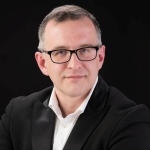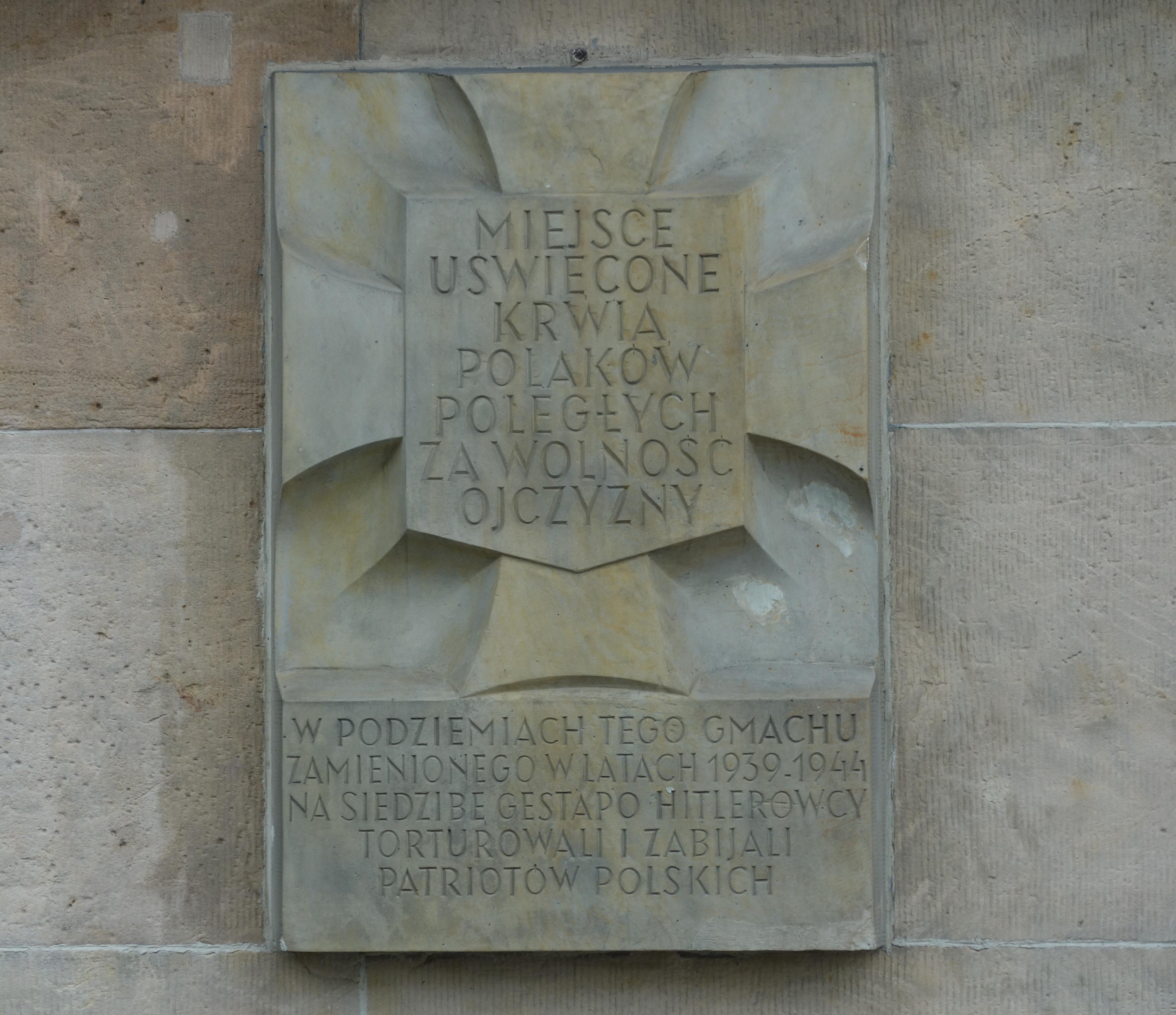
ongoing
Model of effective managementof dispersed martyrdom heritage

principal investigator / project leader
Ph.D. / Associate Professor
Expert in organization and management studies
Full bio project value: PLN 14,250
funding source: SWPS University
discipline: management and quality studies
location: Warsaw
duration: 2023 2024 2025
The project, led by Professor Adam Szpaderski, Head of the Center for Research on the Economics of Memorial Sites, presents an innovative approach to the difficult topic of effective management of dispersed martyrdom heritage – a research field which is part of the strategy of commemorating the tragic history of genocide perpetrated by Germans on the civil population of Warsaw and the surrounding areas during World War II.
Project objectives
The goal of the project is to develop a model of effective management of dispersed martyrdom heritage (i.e. a collection of objects or sties, institutionally unrelated and without a common strategy) based on:
- The concept of an ecomuseum (i.e. a museum focused on the identity of a place, largely based on local participation and aiming to enhance the welfare and development of local communities), and the concept of a business model
- Empirical research, which is exploratory in nature and aims to investigate the structure and conditions conducive to the development of an effective management of dispersed martyrdom heritage.
The common denominator for both models is prioritization of value for the recipient created in the most effective and measurable way, from the economic and social impact perspective.
The project poses the following detailed research questions:
- What are the structural elements of the effective management model for dispersed martyrdom heritage and what are their functions in the value chain?
- What are the key factors determining the success or failure of managing the dispersed martyrdom heritage?
 Photo: Adam Szpaderski
Photo: Adam Szpaderski
Considering that the project proposes the application of the rules of organizational effectiveness to the management of the tragic history of genocide perpetrated by the Germans on the civilian population of Warsaw and the surrounding area during World War II, is of a delicate nature as it touches upon the sensitive sphere of the sacrum. At the same time – thanks to the civilizational significance and contribution of the management and quality sciences – the project creates an opportunity for gradual filling in the white spots, marked by the martyrdom of the civilian population, that still exist on the map of Warsaw and the surrounding areas, by developing a tool that would integrate the memorial sites of mass executions under an effective model of managing the dispersed martyrdom heritage.
This is a pilot project of a larger development program, which aims to develop an ecomuseum of dispersed martyrdom heritage. The mission of the ecomuseum will be to educate subsequent generations about the facts, history, and the scale of the genocide perpetrated by the Germans on the civilian population of Warsaw and the surrounding areas during World War II (1939-1945). Our goal is to establish the ecomuseum on a management model which will be developed during the course of this study and to equip the institution with a system of parameterization and measurement tools enabling the assessment of the museum’s impact on the economic and social development of the region. Furthermore, we hope that our model of managing dispersed martyrdom heritage will provide a solution to the problem that has been recently identified by the UNESCO World Heritage Committee, concerning the management of new memorial sites related to recent conflicts, not only those that are already on the list of world heritage, but also the sites, which aim to be included on the list (for example, memorial sites that have been established as the result of currently ongoing conflicts).

Szpaderski, Adam
Principal Investigator
Specialization
expert in organization and management studies
First and last name
Adam Szpaderski
Academic degree or title
Ph.D. / Associate Professor
Email
This email address is being protected from spambots. You need JavaScript enabled to view it.
Position
profesor uczelni
Role in the Faculty
{"funkcja-na-wydziale0":{"Funkcja":"","\u0141\u0105cznik":"","Nazwa w mianowniku":"Faculty of Social Sciences in Warsaw"}}
Role in the Department
{"funkcja-w-katedrze0":{"Funkcja":"","\u0141\u0105cznik":"","Nazwa w mianowniku":"Department of Management"}}
Role in the Institute
{"funkcja-w-instytucie0":{"Funkcja":"","\u0141\u0105cznik":"","Nazwa w mianowniku":"Institute of Social Sciences"}}
Role in the Research Center
{"funkcja-w-centrum0":{"Funkcja":"Head","\u0141\u0105cznik":"of the","Nazwa w mianowniku":"Center for Research on the Economics of Memorial Sites"}}
Faculty
Faculty of Social Sciences in Warsaw
Ph.D. / Associate Professor Adam SzpaderskiExpert in organization and management studies
Methodology
The research team will:
- Conduct source analysis.
- Carry out qualitative research, including the development of questionnaires and conducting semi-structured interviews.
- Prepare a case study encompassing the trail of scattered memorial sites included in the so-called Warsaw Death Ring, i.e. the trail of mass execution sites in Warsaw and the surrounding areas, where in the period from October 1939 to July 1944, the Germans carried out mass killings of civilian population.
- Conduct an assessment of the visitor potential related to the above-noted trail.
- Investigate opportunities for the creation of an effective information campaign promoting the trail of memorial sites in social media and develop informational materials containing the history and topography of the trail of the memorial sites described in the case study.
- Transcribe the interviews in accordance with the provided template.
- Analyse data collected during the study.
- Develop a graphic version of the research report.
Research team
- Principal Investigator
- Interview scribe
- Public relations expert who will develop an effective information campaign promoting the trail of memorial sites in social media
- Expert specializing in the history and topography of memorial sites included in the case study
- Graphic designer who will produce a graphic version of research report.
Partners
Practical application of project results
The project is potentially of a great practical importance. Firstly, it is a unique pilot project of a larger development program aimed the development of an ecomuseum to would be focused on education of subsequent generations about the facts, history, and the scale of the genocide perpetrated by the Germans on the civilian population of Warsaw and the surrounding areas during World War II (1939-1945). The ecomuseum would be founded on a management model developed during the course of this study and would be equipped with a system of parameterization and measurement tools enabling the assessment of the museum’s impact on the economic and social development of the region. Additionally, the management model developed thanks to this project could provide a solution to the problem that has been recently identified by the UNESCO World Heritage Committee, concerning the management of new memorial sites related to recent conflicts, not only those that are already on the list of world heritage, but also the sites, which aim to be included on the list.